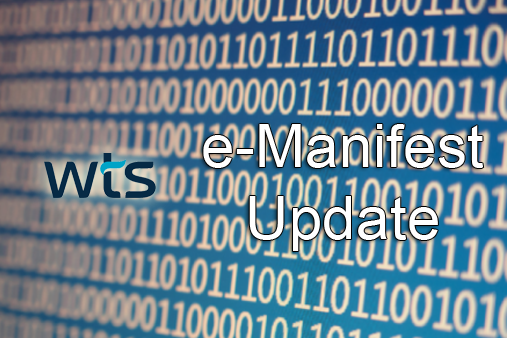March 2021
- Industry acceptance of the e-Manifest program continues to be found lacking.
- Consider these statistics that USEPA announced just this week. Since the inception of the e-Manifest program on June 30, 2018 and through January 31, 2021 a total of 4,701,413 executed manifests have been submitted to the USEPA e-Manifest portal. Of that number only 13,955 (0.3% !) were transacted totally electronically.
- As there is no regulatory driver in place to force industry stakeholders to change their ways, it looks like paper manifests will be the method of choice for the foreseeable future. Generators, transporters and TSDF’s continue to operate in the silos they are accustomed to. Transporters in particular struggle with access to on-line services in order to review and sign documents electronically. TSDFs have invested a great deal of money and time into their own proprietary systems and are reluctant to amend the same to accommodate another system. Generators may have their own system in place to produce manifests or they rely on their industry partners such as WTS to provide them with signature ready documents. All parties need to be aligned and operating together in order for a system like the e-Manifest program to function.
- USEPA held a public meeting this week (3/2/21 – 3/4/21) of its e-Manifest Advisory Board. The purpose of the meeting was for the board to advise EPA on it’s proposed program priorities and the system user fees for the FY2022/FY2023 Cycle. WTS was in attendance (virtually) at the meeting and Larry Fura, our Director of Technology, presented comments in the Public Comment period of the meeting. There was wide spread recognition that the program has not reached the level of participation that was hoped for and spirited discussions were held as to why not. The advisory board is made up of representatives from the regulated and the regulatory community, all of whom have an interest in the functionality of the program. Please recall that part of the premise of the e-Manifest program was that it would be both a time saving and cost saving endeavor for it’s users. We know that to date, neither one of those goals has been reached. It will be interesting to see what the next steps the EPA takes are and WTS will of course be monitoring and reporting on any developments .
- There have been a few developments in the program since last we reported on it to note:
- Receiving facilities will no longer be able to mail paper copies of manifests to USEPA for reporting after June 30, 2021. As you know, it is the responsibility of the receiving facility to submit a copy of the executed manifest to USEPA. Since the inception of the program, this could be done in one of three ways – a paper copy, an image file (scan) or a data plus image file. The fees charged for the submission vary based on the method of the submission. This will have no effect on generators utilizing paper manifests and it will simply force the receiving facilities to use one of the other two methods if they weren’t already. As the paper submission was the most expensive of the options, there is a potential for a small cost savings back to the generator.
- In early December 2020, EPA instituted a new “Quick Sign“ feature for generators and transporters signing electronic manifests. Prior to this development, signers had to enter log-in information including answering a challenge question. Receiving facilities can utilize the Quick Sign feature to acknowledge initial receipt as well.
- In January 2020, EPA released a Bulk Signature feature which allows signature users to sign up to 500 manifests at one time (electronically).

